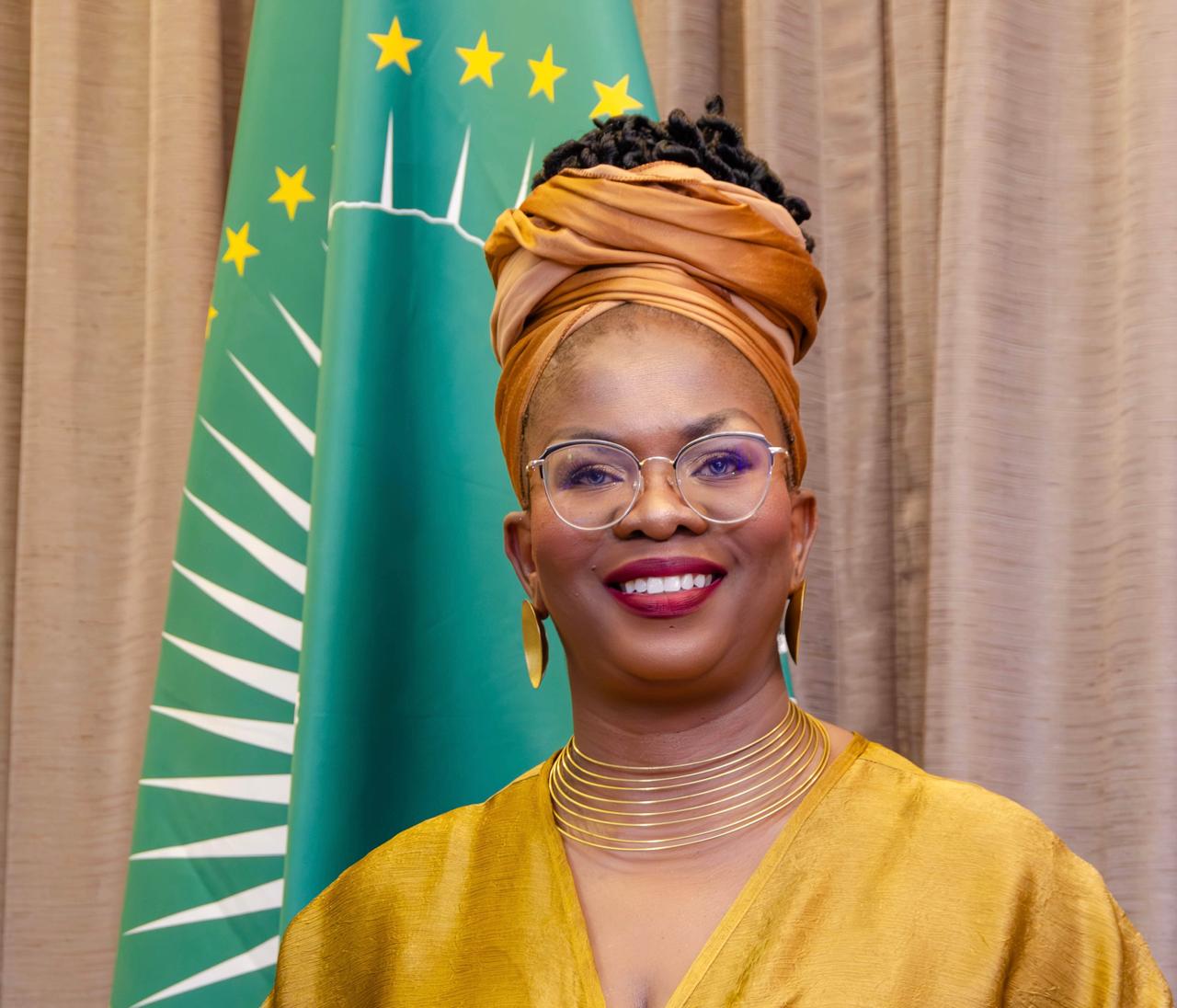The III Financing Summit for Africa’s Infrastructure Development Investors has closed, with investors committing US$18 billion to developing African infrastructure.
Co-hosted by the African Union Commission (AUC) and the African Union Development Agency (AUDA-NEPAD) under the theme “Capital, Corridors, Trade: Investing in Infrastructure for the AfCFTA and Shared Prosperity”, the three-day conference drew 2,000 African Heads of State, investors and development partners to Luanda. The African Continental Free Trade Area (AfCFTA) is a trade agreement that aims to create a single, integrated continental market for goods and services across a combined African market of 1.4 billion people.
In a development officially welcomed by AU Heads of State in the official Summit declaration, the US$18 18-billion will go to 38 bankable projects and 11 projects under the African Union’s (AU’s) blueprint for regional and continental infrastructure integration, the Programme for Infrastructure Development in Africa (PIDA).
Closing the conference today, AUDA-NEPAD CEO Nardos Bekele-Thomas said: “This Summit has corrected a longstanding imbalance. For too long, Africa’s immense financial power, our savings, our sovereign wealth, our institutional capital, has been passive in the story of our own development. That chapter, hopefully, is being closed now.”
AU Commissioner for Infrastructure and Energy Lerato Mataboge said: “Luanda has once again shown the spirit of pan-African leadership, visionary determination and united purpose. Heads of State and government will continue to remind us that Africa can, and will, plan, finance and deliver the foundation of its own prosperity.”
The centrepiece of the Luanda Financing Summit Declaration for Africa’s Infrastructure Development is a major structural shift designed to unlock the necessary capital. While acknowledging recent infrastructure development progress, leaders expressed concern that a “vast financing and infrastructure deficit persists”, largely due to a chronic shortage of bankable projects.
To remedy this, they committed to structurally transforming their financing approach to address the “market failure” in financing high-risk, early-stage project preparation. This new focus aims to create a robust, continuous pipeline of viable projects that attract large-scale domestic and international investment.
“Cross-border infrastructure only advances when sovereigns move together,” said Bekele-Thomas, thanking the Heads of State for their commitments, at the Summit, to “policies, permits, guarantees and governance that make our project pipelines investable”.
Crucially, the declaration commits African nations to implementing policy reforms to leverage domestic institutional capital – social security assets, sovereign wealth and insurance funds – through AUDA-NEPAD’s 5% Agenda, an initiative that encourages African institutional investors, such as pension funds and insurance companies, to allocate 5% of their assets under management to African infrastructure projects.
Bekele-Thomas assured development finance institutions, institutional investors and the private sector that “our message is simple: we will match your fiduciary discipline with regulatory clarity and project preparation at scale.”
The Summit met AUDA-NEPAD’s three goals, Bekele-Thomas said – deals were closed, governance commitments made and public, sovereign and private African capital was mobilised in a bid to reverse the continent’s estimated infrastructure deficit. It is estimated that the 54-nation continent needs to spend between $130-billion and $170-billion in infrastructure annually for the foreseeable future.
The Summit’s deal rooms had been its engine, Bekele-Thomas said. In them, investable opportunities representing a collective US$43.9-billion had been discussed. Of this, US$25-billion was for crucial transport corridors and logistics networks, US$15-billion for power interconnectors and generation projects, US$2.7-billion for water security projects and US$1.2-billion for digital infrastructure.
AUDA-NEPAD’s task was “to transfer this quantum into concrete outcomes”, she said.
Already, 13 PIDA Priority Action Plan 2 projects had been selected and AUDA-NEPAD, together with the Alliance of African Multilateral Financial Institutions, would present a plan to fast-track these at the African Investment Forum in Morocco in December 2025, Bekele-Thomas said.
In the Summit declaration, AU leaders strongly reiterated support for the Integrated Economic Corridor approach, prioritising comprehensive platforms that merge efficient logistics by accelerating trans-African highways and the African Integrated Railway Network; reliable energy by implementing the African Single Electricity Market and its Continental Power System Master Plan, and high-speed digital networks with industrial hubs.
Bekele-Thomas said the AU and AUDA-NEPAD would “take concrete steps”to institutionalise the corridor approach to infrastructure investment because it had proven effective. AUDA-NEPAD would also establish a PIDA monitoring committee to create a practical, peer-to-peer accountability system for projects.
To spur urgent action, two “immediate and concrete steps” would be taken. The first was a revitalised Presidential Infrastructure Champions Initiative (to tackle cross-border infrastructure programme bottlenecks and ensure the timely delivery of transboundary projects), the second a unified capital strategy that AUDA-NEPAD would present for formal endorsement by Heads of State at an AU Summit in February 2026.
“This is how we will institutionalise our momentum and ensure that the promises made become projects delivered,” Bekele-Thomas said.
The Summit declaration urges multilateral development banks and international partners to ease financing conditions, specifically calling for mechanisms to explore debt restructuring and the re-channelling of special drawing rights to free up fiscal space for infrastructure spending. This unified commitment marks the shift from political will to coordinated, practical action and directs the AUC and AUDA-NEPAD to develop an immediate implementation roadmap for the declaration’s ambitious goals.
The Summit declaration represented Africa’s “shared resolve to deliver bankable projects that change lives”, said Mataboge.
“We therefore leave Luanda not only inspired, but we leave Luanda mobilised. We will carry forward the spirit of collaboration that has defined this Summit, and we will turn every commitment into a corridor, every vision into a viable project and every handshake into a lasting relationship,” Mataboge said.




